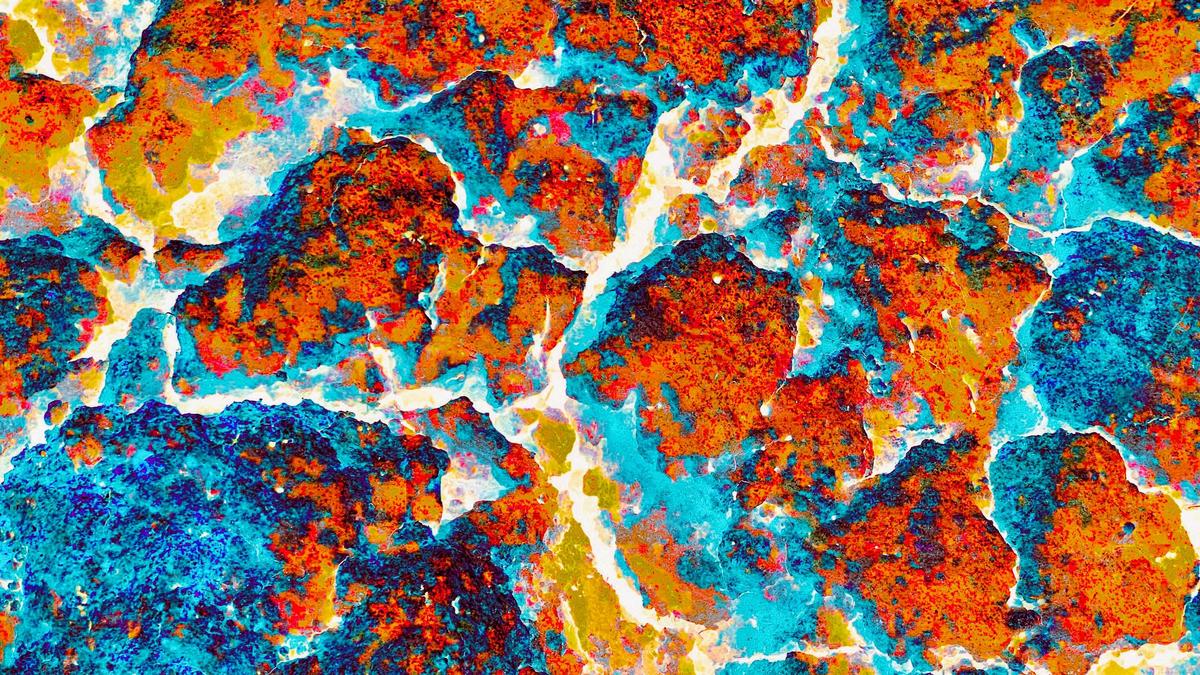
Study cracks when cracks come and go in paint, clay, milk, blood Premium
The Hindu
New study from Raman Research Institute discovers how to delay cracks, with potential applications in various fields.
Cracks in paint coatings could soon become a thing of the past. In a new study, researchers from the Raman Research Institute (RRI) in Bengaluru have found a way to delay the onset of cracks after studying them in great detail.
As playful as this sounds, the technique has potential applications in diagnosing diseases and checking whether food has spoiled.
In general, cracks are ubiquitous, even a part of life. They adorn old flower vases, the outer surfaces of buildings that have suffered both hot summers and chill winters, streams of cooling lava, the ground when it has become sapped of moisture, even the scaly heads of reptiles like crocodiles. But how often do we stop and take a closer look?
Cracks may appear simple but they’re formed as the result of a complex phenomenon. In older studies, scientists have found that new cracks always meet an older one at 90o — except in a very thin layer of drying paint, where they prefer an angle of 120o instead. Perhaps you’d like to pick up a magnifying glass, a protractor, and go take a look.
In the new study, researchers Vaibhav Parmar, a PhD student, and professor Ranjini Bandyopadhyay of the Soft Condensed Matter group at RRI examined how the elasticity of clay changed as it dried, slowly changing from a flowing liquid to a thick yet soft solid to a brittle sheet. A more elastic solid will more readily return to its original shape after it is distorted in some way.
The duo discovered a relationship between the elasticity of clay and how quickly cracks emerged in it. Using this relationship, they concluded that they could predict when cracks would develop based on the initial thickness of the sample and its elasticity.
The beauty of an equation is if its left-hand side equals its right-hand side, the reverse is true as well. That is, the researchers found they could delay the onset of cracks by tuning the elasticity. They were able to do the latter by mixing different additives into the clay.

Thomas Jefferson and Abraham Lincoln are two of the greatest presidents that the U.S. has seen. You probably know that already. But did you know that Jefferson made what is considered the first contribution to American vertebrate paleontology? Or that Lincoln is the only U.S. president to receive a patent? What’s more, both their contributions have March 10 in common… 52 years apart. A.S.Ganesh hands you the details…












